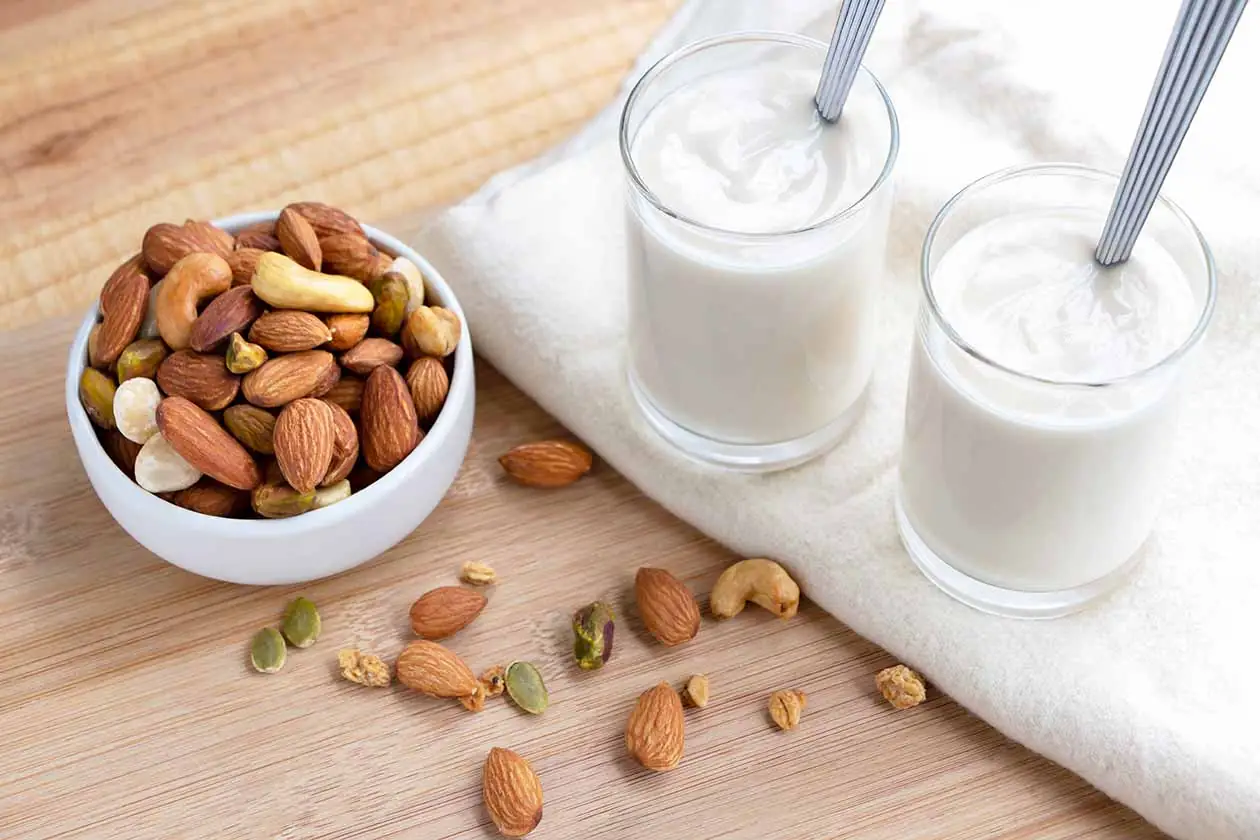Consumers increasingly demand high-quality and healthy foods that are also environmentally friendly. In this context, fermentation is framed within current standards as a technological strategy with great potential for developing new proteins and/or foods aimed at providing an alternative to those of animal origin. In this article, we’ll tell you how fermentation has evolved from the production of traditional fermented foods to the development of new foods and/or ingredients obtained through biomass fermentation and, more recently, precision fermentation.
Fermentation is a process widely used for millennia in the production of both food and beverages worldwide. It is based on the metabolic action of microorganisms, specifically fungi, yeasts, and bacteria, which, through the secretion of enzymes, transform part of the organic matter available in the medium under anaerobic conditions. Its use allows for the development of new products, the improvement of accessibility and bioavailability of some nutrients, modification of organoleptic characteristics, and increasing the shelf life of a food, among others. Likewise, it has been extensively associated with obtaining foods with better health properties, mainly due to the bioconversion and biotransformation of bioactive compounds.
The traditional fermented foods found around the world are developed from a wide variety of raw materials such as cereals, legumes, meats, fish, milks, and vegetables, among others, which are inoculated with live microorganisms to transform them into a final product (bread, yogurt, kefir, cheese, kimchi, miso, sauerkraut, natto, wine, beer, kombucha, etc.), or as a preliminary stage in food production, as is the case with coffee and chocolate. When fermentation occurs thanks to the autochthonous microorganisms present in the raw material itself, it is called spontaneous fermentation, as in the case of soy sauce and rejuvelac.
Fermentation as a technological strategy capable of enhancing the nutritional, functional, and/or sensory profile of foods
Currently, consumers increasingly demand high-quality, healthy foods that are also environmentally friendly. In this context, fermentation is regarded as a technological strategy capable of enhancing the nutritional, functional, and/or sensory profile of raw materials subjected to this process, while also extending their shelf life in a highly efficient, sustainable, and economical manner. As a result, fermented foods already represent a significant sector within the functional foods market.
Moreover, these health, quality, and sustainability standards, along with the rise of vegetarianism and veganism, which are also associated with animal welfare, have led in recent years to the search for both alternative raw materials to those of animal origin and technological processes that provide alternative proteins. This has positioned the latter as a potential market that has experienced considerable growth.
Extrusion, cultured meat, and fermentation are technologies for obtaining alternative proteins
The obtaining of these types of alternative proteins encompasses different technologies such as extrusion, cultured meat, and fermentation. The described background suggests that the latter has great potential to develop new proteins and/or foods aimed at offering an alternative to those of animal origin, contributing, furthermore, to a sustainable food chain. In this sense, fermentation has evolved in the last century from the production of traditional fermented foods to the development of new foods and/or ingredients obtained through biomass fermentation and, more recently, precision fermentation.
Types of fermentation: Traditional, biomass, and precision
The choice of fermentation type, as well as substrate, starter culture, and operating conditions, will depend on the final product intended to be obtained. Regarding the type of fermentation, three categories can be distinguished:
- Traditional fermentation: Involves the use of traditional fermentative processes to obtain protein-rich foods from plant-based raw materials, such as tempeh, made from the fermentation of soybeans. Another approach would be the fermentation of plant matrices with lactic acid bacteria (LAB) and/or certain fungi, resulting in analogues to yogurt and cheese.
- Biomass fermentation: Although similar to traditional fermentation, in this case, the edible product is the microorganisms themselves. It involves inoculating a substrate with live microorganisms, which they use to feed, grow, and reproduce. Within hours, an exponential reproduction rate is reached, resulting in the generation of a mass with a large number of cells, also known as biomass, with high protein and fiber content.
- This type of fermentation can be used in the valorization of by-products, used as a substrate, as is the case with the company MOA. Its CEO will discuss at the Innovation Conference “The Food of the Future” on March 29th how they are developing these sustainable ingredients.
- Mycoprotein, a protein-rich fibrous structure reminiscent of meat: On the other hand, this type of fermentation gives rise to the well-known mycoprotein, obtained through the fermentation of certain types of fungi such as Fusarium venetarum (Quorn) or another strain, flavolapis (Nature’s Fynd). This mycoprotein comes from the fungal mycelium, formed by intertwined hyphae in a network, hence its protein-rich fibrous structure reminiscent of meat.
- Precision fermentation: Combining the natural ability of microorganisms to ferment organic matter with biotechnological tools, this type of fermentation enables the production of highly specific ingredients with a high degree of purity.
- Whey protein: An example of this is Perfect Day, a company that produces both whey protein and caseins through the controlled fermentation of a microscopic fungus containing the genetic material encoding these proteins.
- Alternative egg proteins: Another example is found in The Every Company, where a yeast containing the DNA sequence of egg protein ferments sugar to produce proteins marketed as an alternative to those from eggs.
At AINIA, we provide support for the design and development of both new products using ingredients obtained through fermentation with advanced properties, and alternative fermented foods to those of animal origin.
Traditional fermentation processes for obtaining products analogous to yogurt and cheese
In this sense, at AINIA we want to contribute to meeting consumer demands, and therefore, we are carrying out the FerVeLact project co-financed by FEDER-IVACE funds. This project is based on the development of new food structures analogous to dairy products (spanish), such as milk, yogurt, or cheese, using local plant-based raw materials from the Valencian Community. To obtain products analogous to yogurt and cheese (spanish), we are applying traditional fermentation processes, in line with the current trend in alternative protein innovation, while mimicking the characteristic features of the reference products.






